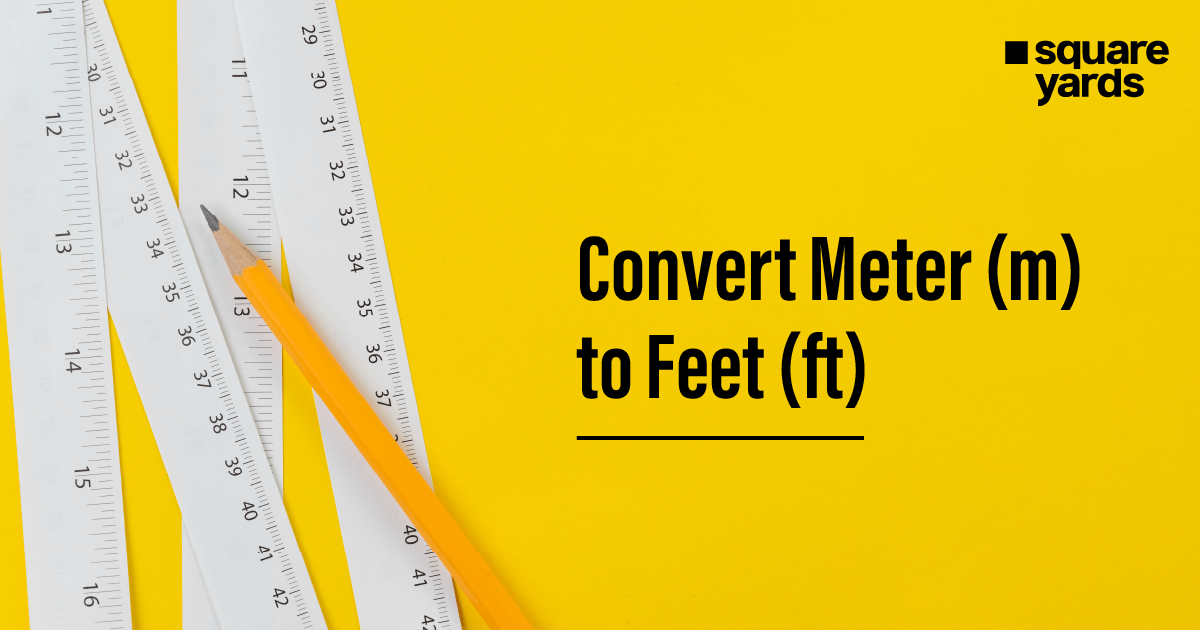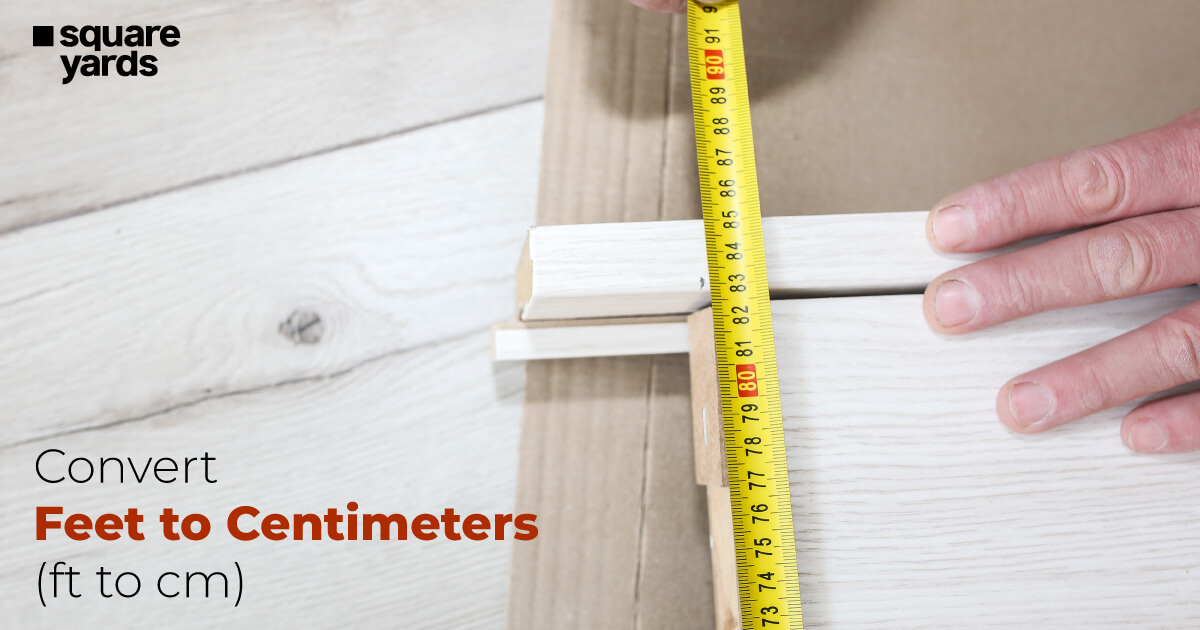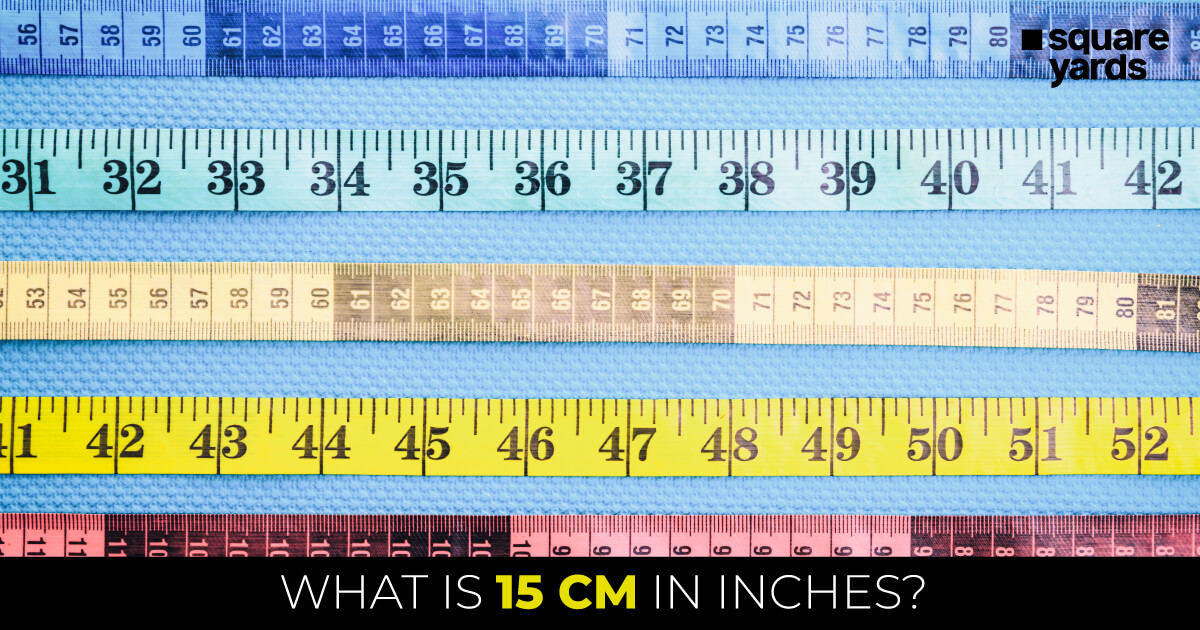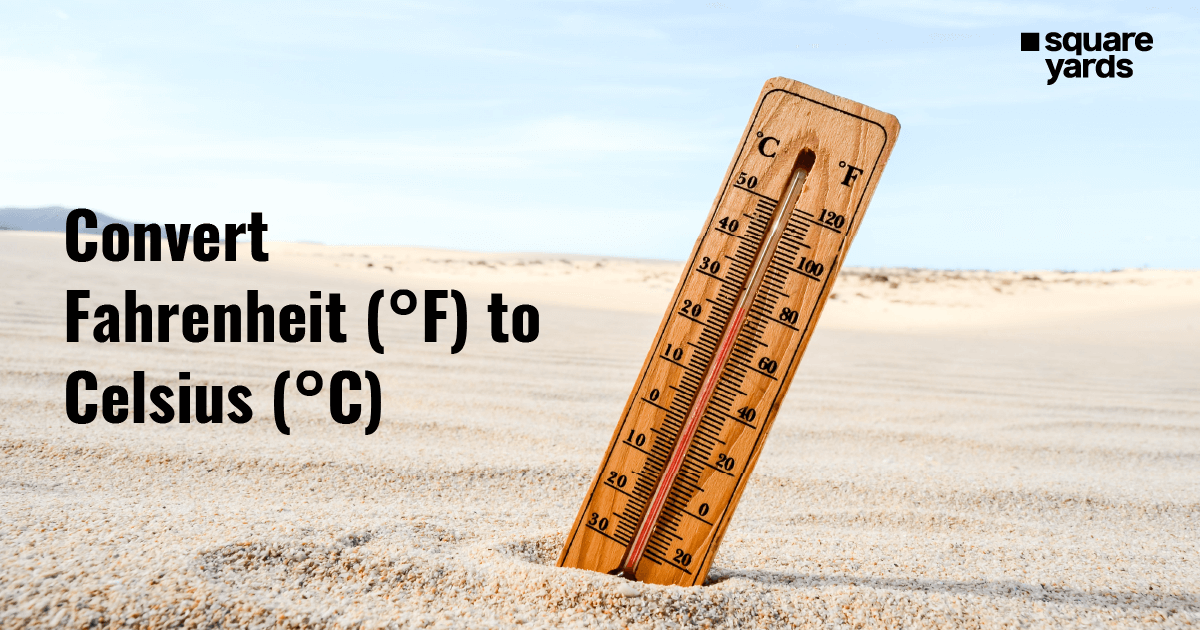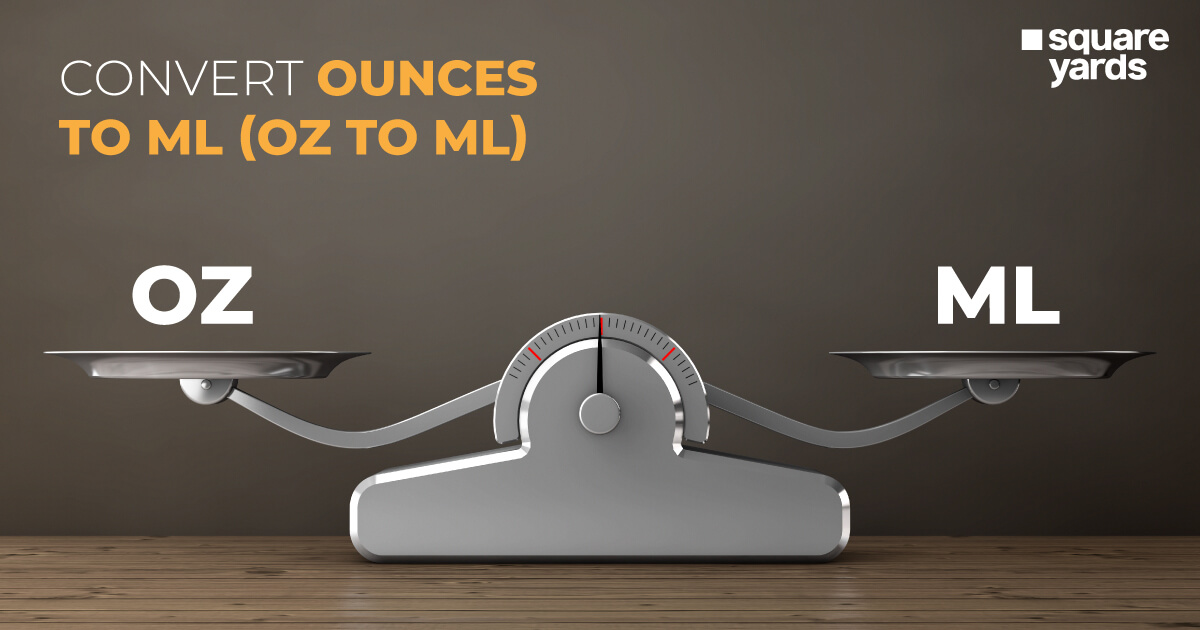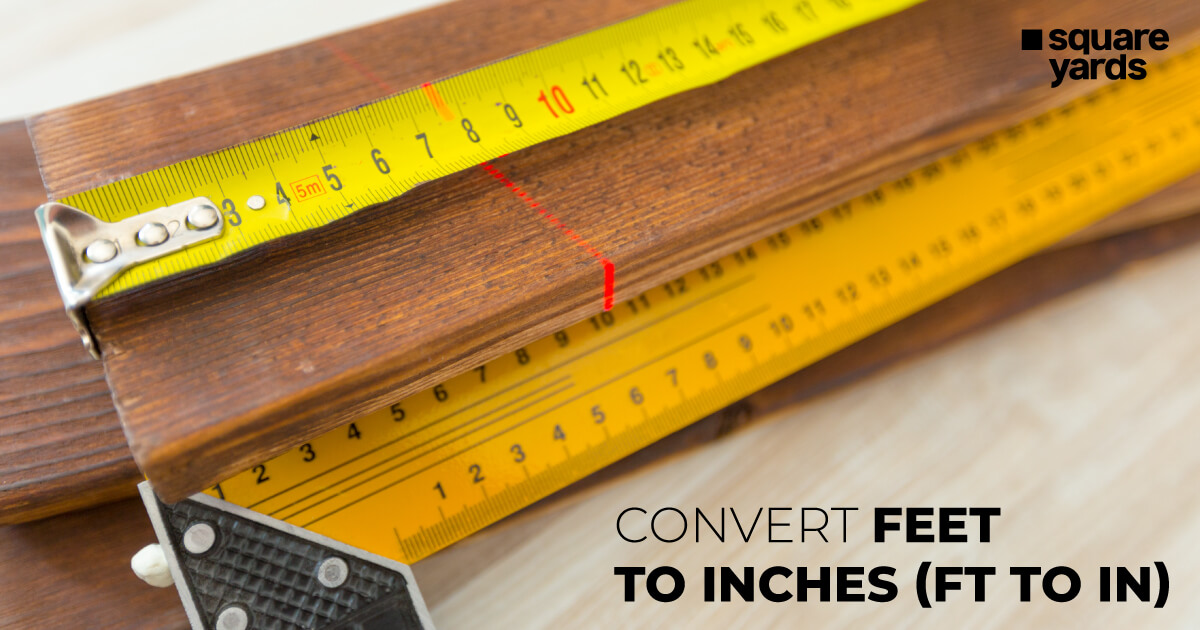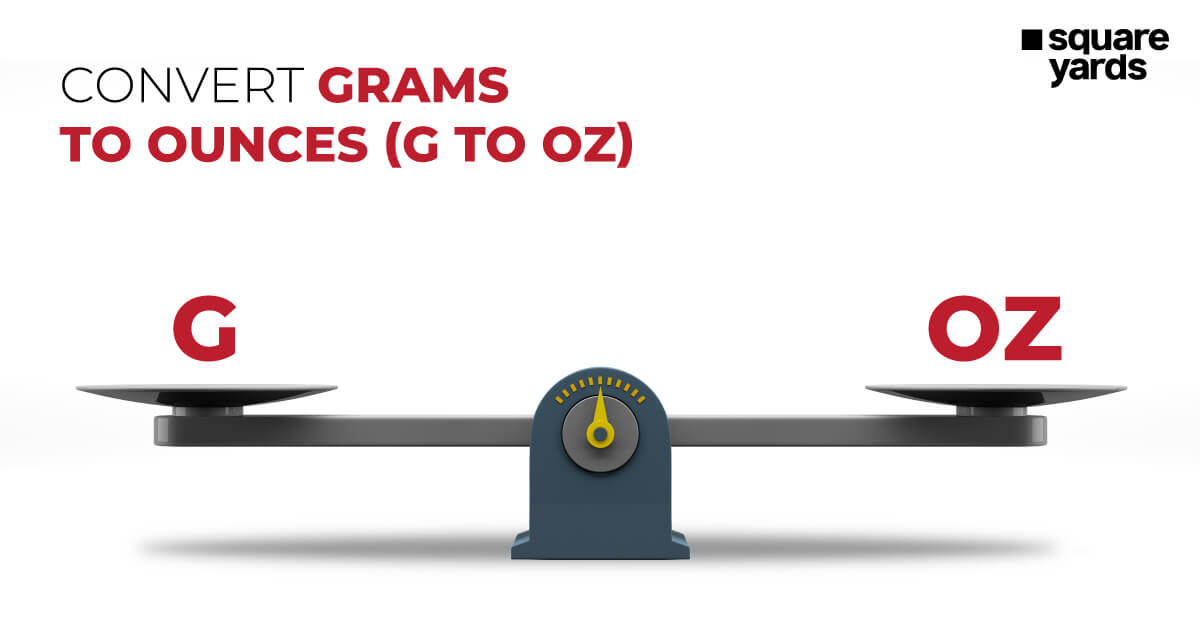Fahrenheit to Celsius are the scales used for measuring temperature. Both these units allow people to measure the hotness and coldness of objects. These scales are often used for reporting weather, room and water temperature. The symbol used to represent Fahrenheit is °F, whereas °C represents Celsius. For your information, the Celsius scale is also known as the Centigrade scale.
Most countries around the world use the Celsius scale to measure temperature. But the US is one of the few countries that use the Fahrenheit scale. Therefore, it’s important to know how to convert Fahrenheit to Celsius, especially when conducting scientific research or travelling.
In this guide, let’s learn more about these two units in detail, along with how Fahrenheit to Celsius formula works!
How To Convert Temperature from Fahrenheit to Celsius?
Converting temperature from Fahrenheit to Celsius or °F to°C seems tricky as it involves subtraction, division and multiplication. But it isn’t as difficult as it sounds. Yes, you read that right! Though there are multiple Fahrenheit to Celsius calculators online that can help you convert these units without much hassle, but the manual calculation is also not that tough.
All you have to do is subtract 32 from the temperature in °F and then multiply the result by 5. Lastly, divide the outcome by 9, and you will get the answer at °C.
To help you understand the Fahrenheit to Celsius formula better, the upcoming section of the guide will help you.
Fahrenheit To Celsius Formula & Examples
To convert Fahrenheit to Celsius, you need to apply the formula stated below.
T(°C)= [T(°F) – 32] × 5/9
Based on the Fahrenheit to Celsius formula above, we have mentioned a few examples of Fahrenheit to Celsius conversion below to help you understand the conversion procedure better.
Example 1: Convert 10°F to °C
Sol: T(°C) = (10 – 32) x 5/9
Ans. -12.22 °C
Example 2: Convert 38°F to°C
Sol: T(°C) = (38 – 32) x 5/9
Ans. 3.33 °C
Example 3: Convert 65°F to°C
Sol: T(°C) = (65 – 32) x 5/9
Ans. 18.33 °C
Example 4: Convert 130°F to°C
Sol: T(°C) = (130 – 32) x 5/9
Ans. 54.44 °C
Example 5: Convert 500°F to°C
Sol: T(°C) = (500 – 32) x 5/9
Ans. 260 °C
Fahrenheit To Celsius Conversion Table
The Fahrenheit to Celsius chart below gives a glimpse of °F to°C conversion:
| Fahrenheit (°F) | Celsius (°C) | Description |
| -459.67 °F | -273.15 °C | Absolute Zero Temperature |
| -50 °F | -45.56 °C | |
| -40 °F | -40.00 °C | |
| -30 °F | -34.44 °C | |
| -20 °F | -28.89 °C | |
| -10 °F | -23.33 °C | |
| 0 °F | -17.78 °C | |
| 10 °F | -12.22 °C | |
| 20 °F | -6.67 °C | |
| 30 °F | -1.11 °C | |
| 32 °F | 0 °C | Water’s Freezing/Melting Point |
| 40 °F | 4.44 °C | |
| 50 °F | 10.00 °C | |
| 60 °F | 15.56 °C | |
| 70 °F | 21.11 °C | Room Temperature |
| 80 °F | 26.67 °C | |
| 90 °F | 32.22 °C | |
| 98.6 °F | 37 °C | Average Body Temperature |
| 100 °F | 37.78 °C | |
| 110 °F | 43.33 °C | |
| 120 °F | 48.89 °C | |
| 130 °F | 54.44 °C | |
| 140 °F | 60.00 °C | |
| 150 °F | 65.56 °C | |
| 160 °F | 71.11 °C | |
| 170 °F | 76.67 °C | |
| 180 °F | 82.22 °C | |
| 190 °F | 87.78 °C | |
| 200 °F | 93.33 °C | |
| 212 °F | 100 °C | Water’s Boiling Point |
| 300 °F | 148.89 °C | |
| 400 °F | 204.44 °C | |
| 500 °F | 260.00 °C | |
| 600 °F | 315.56 °C | |
| 700 °F | 371.11 °C | |
| 800 °F | 426.67 °C | |
| 900 °F | 482.22 °C | |
| 1000 °F | 537.78 °C |
What is Fahrenheit (°F)?
Abbreviated as °F, Fahrenheit is a scale of temperature that is named after physicist Daniel Gabriel Fahrenheit. He was the first person to propose this temperature scale in 1724. °F is the United States’ customary unit of temperature measurement. This scale is extensively used before metrification.
On the Fahrenheit scale, the water boils at 212°F and freezes at 32°F under normal conditions. The interval between the water’s freezing and boiling point is split into 180 equal parts.
-
Current Use of Fahrenheit
Till the 1960s, the Fahrenheit scale was chiefly used in English-speaking countries. But if we talk about the current time, most countries in the world have now replaced the use of the Fahrenheit scale with the Celsius scale. And it’s notable that many of them made the changes during the shift to the metric system.
However, the original system is still being used in some countries, including the USA, Liberia, and the Cayman Islands. Other parts of the world use both units for measuring temperature, though Celsius is the standard.
-
History of Fahrenheit
The Fahrenheit scale was established based on a measurement suggested by the German physicist Daniel Gabriel Fahrenheit in 1724. Initially, Daniel based the scale on an equal mixture of ice and salt, choosing the values of 30°F for the water’s freezing point and 90°F for the body’s normal temperature. Later, he altered the scale such that the body temperature was 96°F and the melting point of ice was 32°F. Daniel selected these values to ease the procedure of marking degrees on his temperature scale since the difference between these temperatures permitted him to mark degree lines by bifurcating the interval 6 times.
Later, when the water’s boiling and freezing points were used as fixed reference points, the Fahrenheit scale was altered such that there were 180 degrees separating both reference points. As a result, the body temperature was set at 98°F instead of the previous 96°F.
What is Celsius (°C)?
Celsius is an SI derived unit of temperature and is abbreviated as °C. This unit of temperature measurement is defined based on the temperature’s SI unit, Kelvin. The Kelvin and Celsius scales are accurately related. 1° change in Celsius is equal to 1° change in Kelvin. This scale of temperature was named after an astronomer Anders Celsius in 1948.
On the Centigrade scale, the water boils at 100°C and freezes at 0°C under normal conditions. Almost the entire world uses the Celsius scale for measuring temperature apart from the United States.
-
Current Use of Celsius
The Fahrenheit scale system for measuring temperature was replaced with the Celsius scale system during the mid-20th century. Now, most countries across the world have adopted this scale. There are still some countries where the metric system has not been formally accepted. But Celsius is still used in the scientific sector in those countries, just not for everyday reference purposes.
-
History of Celsius
Till 1954, the Centigrade scale system was based on the theory that the boiling point of water is 100°C and the freezing point of water is 0°C. But, this was not the case as previously the water’s boiling point was set at 0°C, and 100°C was adopted as the melting point of ice. Celsius as a scale and unit was not accepted until this definition was turned about.
In 1954, the SI unit, as well as the scale system, were redefined based on the value of absolute zero. This was the main definition that was globally used till 2019 until Kelvin was reformulated based on the definition of the kilogram, metre, and second.
Relation Between Fahrenheit and Celsius
It’s quite easy to understand the relationship between Fahrenheit and Celsius. The value of Fahrenheit is directly proportional to the value of Celsius. This means when the Celsius scale temperature rises, the Fahrenheit scale temperature also rises. Similarly, when the Celsius scale temperature goes down, the Fahrenheit scale temperature goes down too.
Both Fahrenheit and Celsius have their own measurement methods. The Fahrenheit scale is derived by assuming 32°F as the water’s freezing point and 212°F as the water’s boiling point. Whereas 0°C is considered the freezing point of water and 100°C is considered the water’s boiling point.
Abbreviations Commonly Used To Represent Fahrenheit and Celsius
Fahrenheit and Celsius are abbreviated forms that make it easy to denote these scales of temperature. Fahrenheit is often abbreviated as °F. Meanwhile, Celsius is abbreviated as °C.
Difference Between Fahrenheit (°F) and Celsius (°C)
The difference between Fahrenheit (°F) and Celsius (°C) is given below:
| Basis for Comparison | Fahrenheit (°F) | Celsius (°C) |
| Meaning | Fahrenheit is a temperature scale that is based on the freezing point of water at 32°F and the water’s boiling point at 212°F. | Celsius, or centigrade scale, is a temperature scale based on the freezing point of water at 0°C and the water’s boiling point at 100°C. |
| Named After | It is named after the physicist ‘Daniel Gabriel Fahrenheit’. | It is named after the astronomer Andres Celsius’. |
| Abbreviation | Fahrenheit is abbreviated as °F. | Celsius is abbreviated as °C. |
| Used | It is mostly used in the United States and its territories. | It is widely used in almost every part of the world. |
| Conversion | Fahrenheit is easily convertible into Celsius by the formula; T°C = (T°F – 32) × 5/9 | Celsius can be converted into Fahrenheit by the formula; T°F = (9/5 × T°C) + 32 |
| Average Human Body Temperature | The average human body temperature is 98.6°F. | The average human body temperature is 37°C. |
| Boiling Point of Water | On the Fahrenheit scale, the water’s boiling point is 212°F. It is the upper fixed point of the scale. | On the Celsius scale, the water’s boiling point is 100°C. It is the upper fixed point of the scale. |
| Freezing Point of Water | The water’s freezing point, or the ice’s melting point, is 32°F. It is the lower fixed point of the scale. | The water’s freezing point or ice’s melting point is 0°C. It is the lower fixed point of the scale. |



